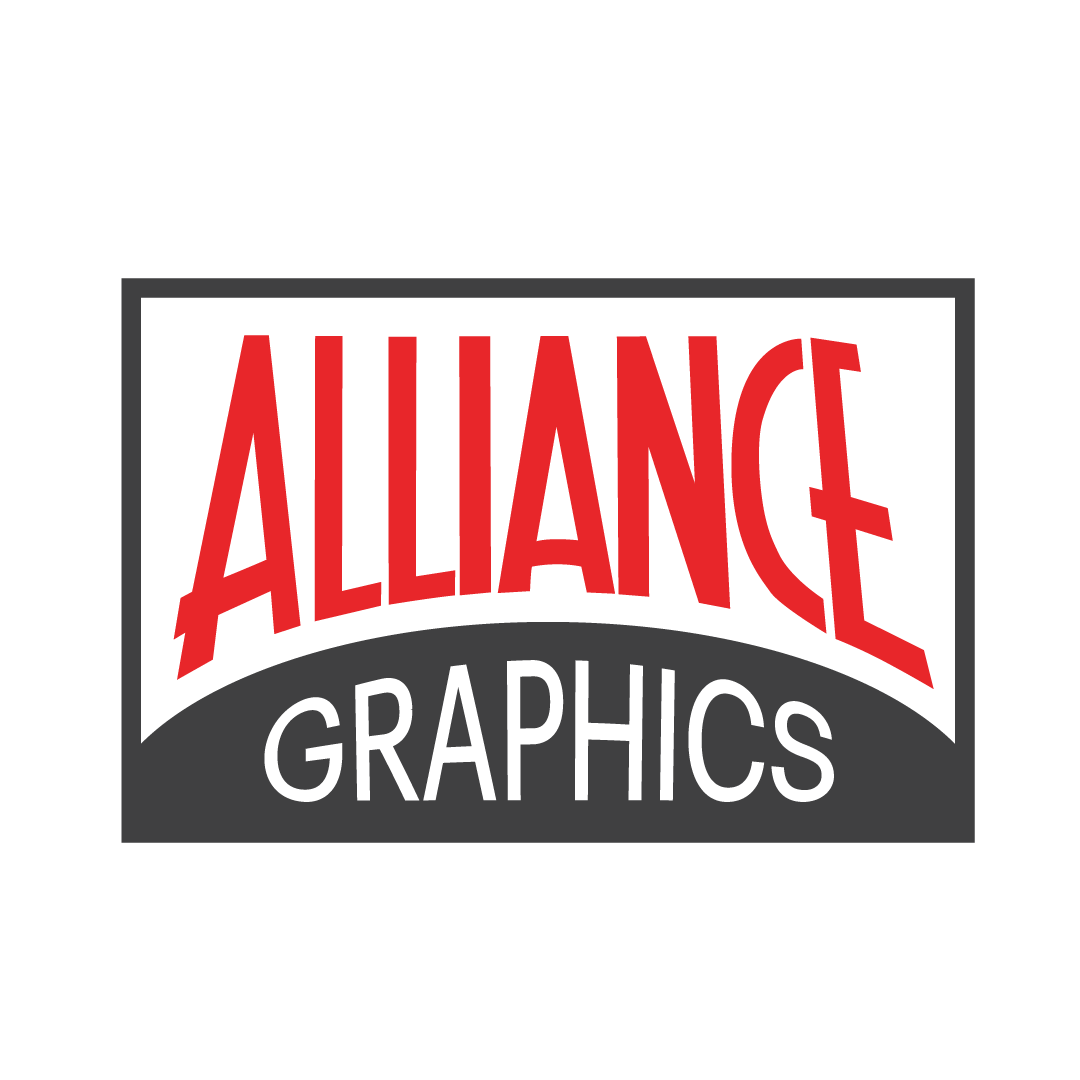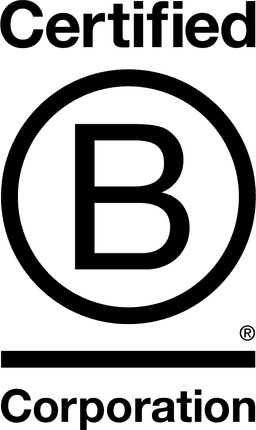

Alliance Graphics

California, United States
September 2025
Apparel
Wholesale/Retail
United States
For over 35 years, Alliance Graphics has served labor unions, nonprofits, community organizers, local business and social enterprises, providing custom screenprinting, embroidery, promotional products and graphic design for their campaigns, actions and other communication needs. It is a proud union shop, that is a wholly owned subsidiary of Middle East Children’s Alliance (MECA), a nonprofit organization that works to protect the rights and improve the lives of children in the Middle East through aid, empowerment and education. In the Middle East, MECA provides humanitarian aid, partners with community organizations to run projects for children, and supports income-generation projects. In the US and internationally, MECA raises awareness about the lives of children in the region and encourages meaningful action – 100% of Alliance Graphics’ profits go directly to MECA’s work. Over the years, Alliance has become an invaluable resource and integral part of the Labor, Social Justice, Environmental Justice and other connected progressive movements in the San Francisco Bay Area and beyond.
Overall B Impact Score
Governance 15.0
Governance evaluates a company's overall mission, engagement around its social/environmental impact, ethics, and transparency. This section also evaluates the ability of a company to protect their mission and formally consider stakeholders in decision making through their corporate structure (e.g. benefit corporation) or corporate governing documents.
What is this? A company with an Impact Business Model is intentionally designed to create a specific positive outcome for one of its stakeholders - such as workers, community, environment, or customers.
Workers 16.8
Workers evaluates a company’s contributions to its employees’ financial security, health & safety, wellness, career development, and engagement & satisfaction. In addition, this section recognizes business models designed to benefit workers, such as companies that are at least 40% owned by non-executive employees and those that have workforce development programs to support individuals with barriers to employment.
Community 37.9
Community evaluates a company’s engagement with and impact on the communities in which it operates, hires from, and sources from. Topics include diversity, equity & inclusion, economic impact, civic engagement, charitable giving, and supply chain management. In addition, this section recognizes business models that are designed to address specific community-oriented problems, such as poverty alleviation through fair trade sourcing or distribution via microenterprises, producer cooperative models, locally focused economic development, and formal charitable giving commitments.
What is this? A company with an Impact Business Model is intentionally designed to create a specific positive outcome for one of its stakeholders - such as workers, community, environment, or customers.
Environment 9.2
Environment evaluates a company’s overall environmental management practices as well as its impact on the air, climate, water, land, and biodiversity. This includes the direct impact of a company’s operations and, when applicable its supply chain and distribution channels. This section also recognizes companies with environmentally innovative production processes and those that sell products or services that have a positive environmental impact. Some examples might include products and services that create renewable energy, reduce consumption or waste, conserve land or wildlife, provide less toxic alternatives to the market, or educate people about environmental problems.
Customers 1.4
Customers evaluates a company’s stewardship of its customers through the quality of its products and services, ethical marketing, data privacy and security, and feedback channels. In addition, this section recognizes products or services that are designed to address a particular social problem for or through its customers, such as health or educational products, arts & media products, serving underserved customers/clients, and services that improve the social impact of other businesses or organizations.